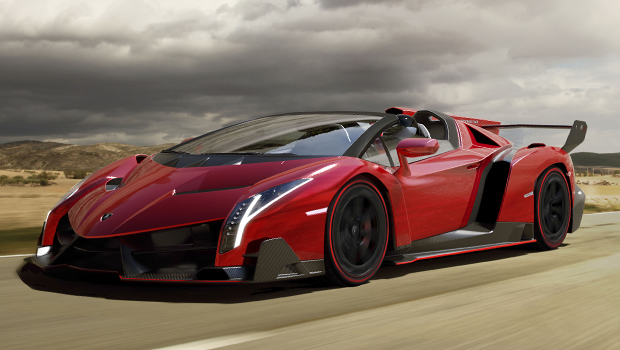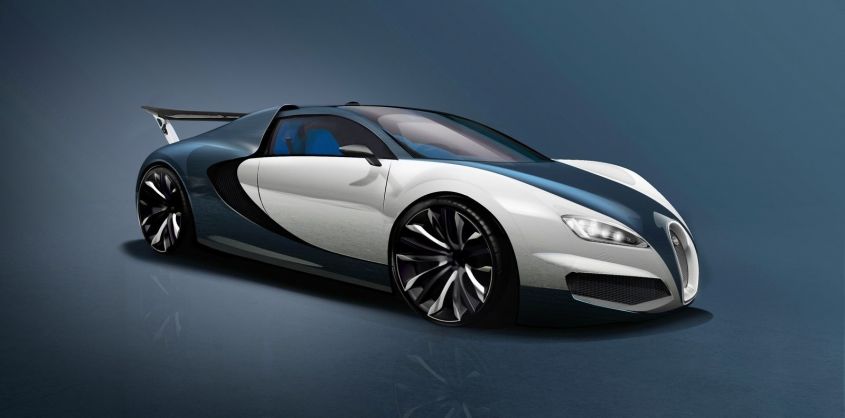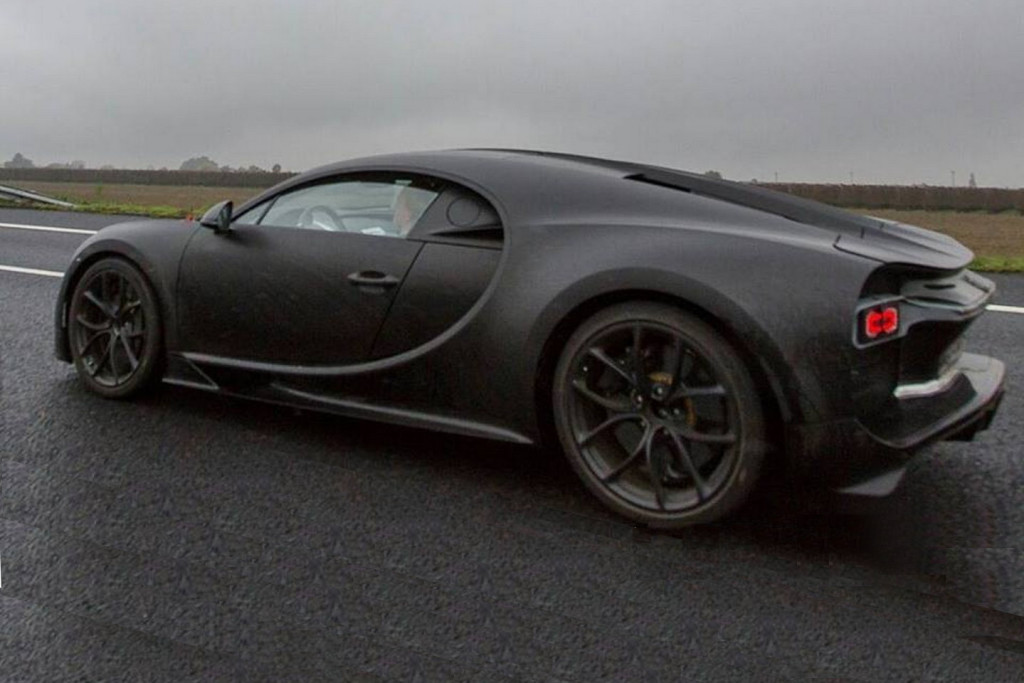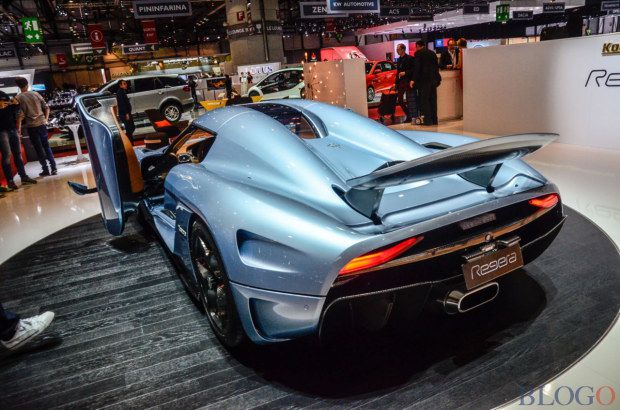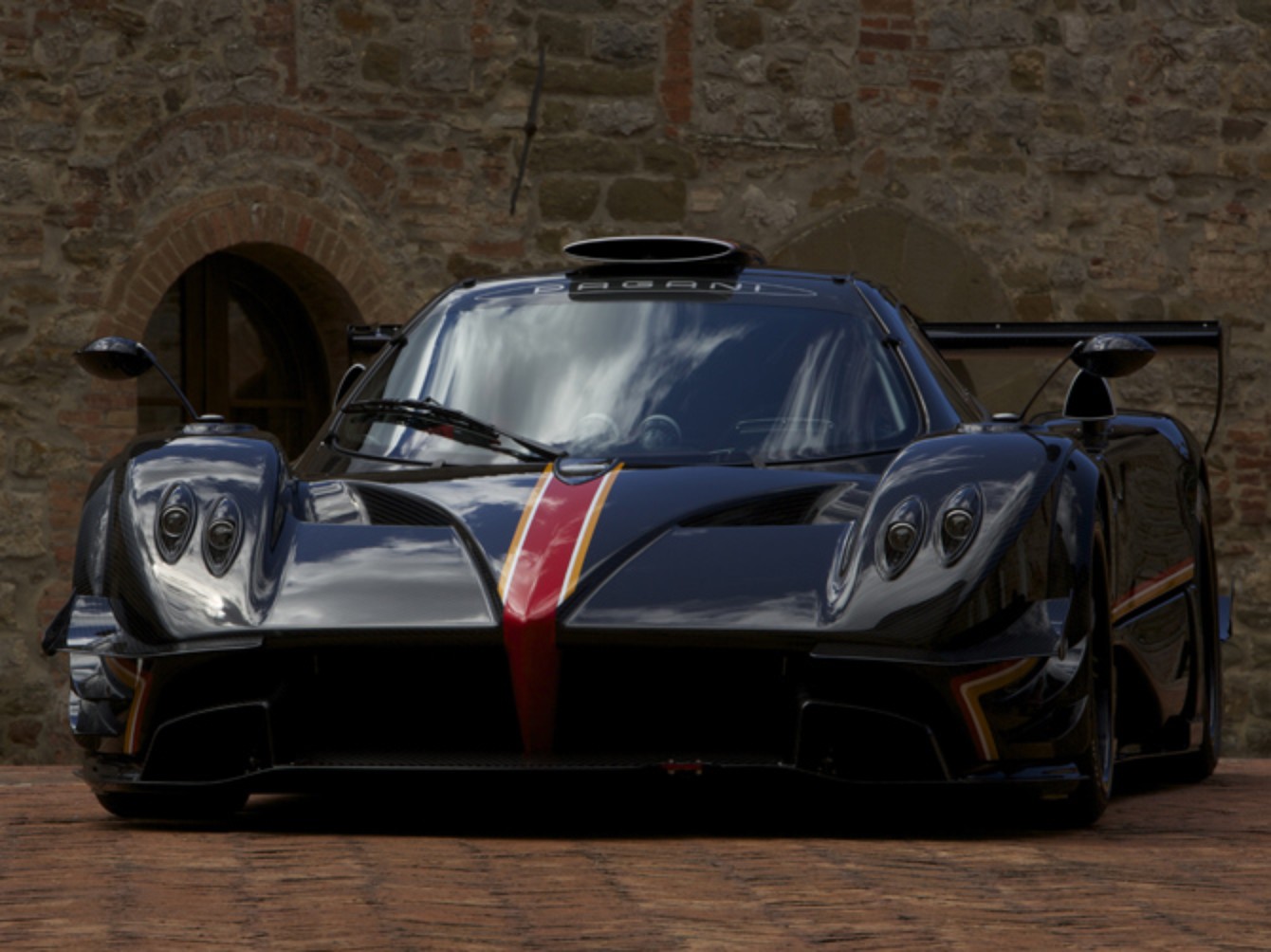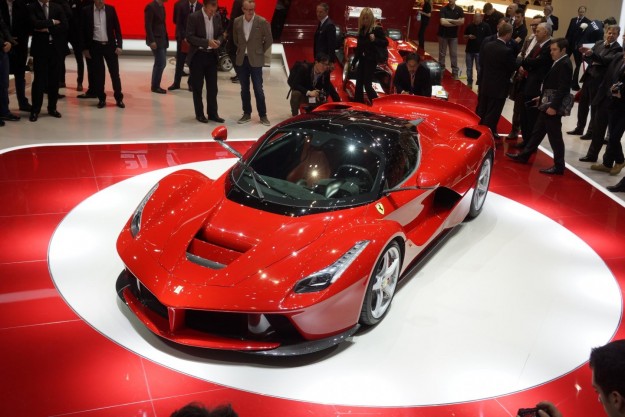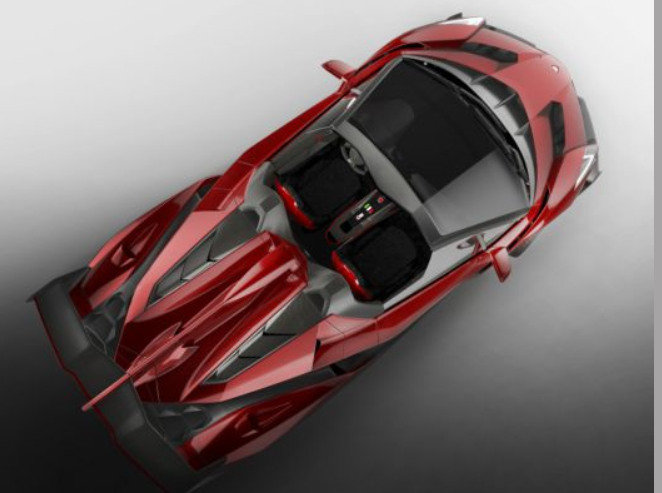
Lamborghini Veneno
Lamborghini Veneno Roadster
I numeri in sintesi
SCHEDA TECNICA
. Il telaio è del tipo monoscocca (in polimeri rinforzati con fibra di carbonio)
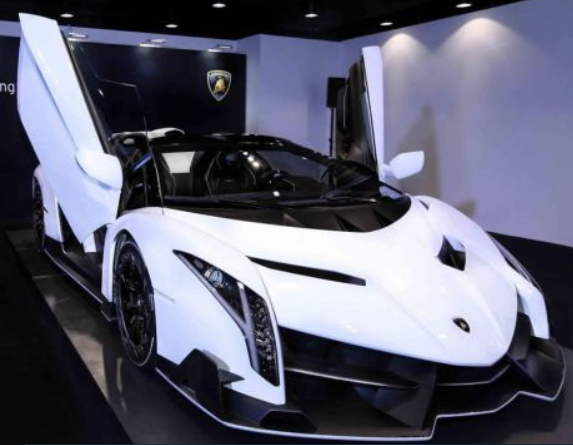
Prestazioni
Raggiunge una velocità massima di 355 km/h. La coppia motrice è di 690 N·m a 5500 giri/min: essa permette alla vettura di passare da 0 a 100 km/h in 2,8 secondi.
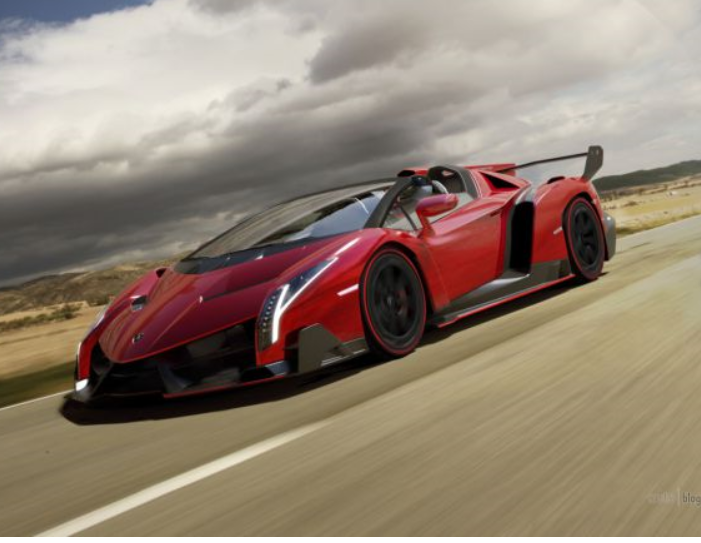
Dimensioni e peso
Lunga 5.02 metri, pesa 1.490 chili
Cambio
Dispone di un cambio ISR a 7 rapporti e di trazione integrale permanente.
Sospensioni
sospensioni rispettano una geometria push rod,
I cerchi in lega misurano 20 pollici all’anteriore e 21 pollici dietro
Pneumatici
Pirelli nelle misure 255/30 e 355/25.
Freni
Dischi con materiale composito.
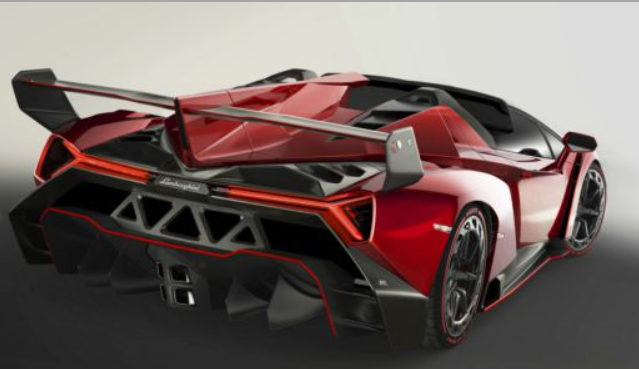
Il rapporto peso-potenza si attesta ad 1.99 kg/CV, il 57% del peso totale è distribuito al posteriore ed il sistema di lubrificazione prevede un carter secco.
Motore
motore V12 da 6,5 litri di cilindrata, derivato da quello già proposto sulla Aventador, ma ulteriormente potenziato e in grado di sviluppare 552 kW (750 CV a 8250 giri/min). Sentite come rinchia

